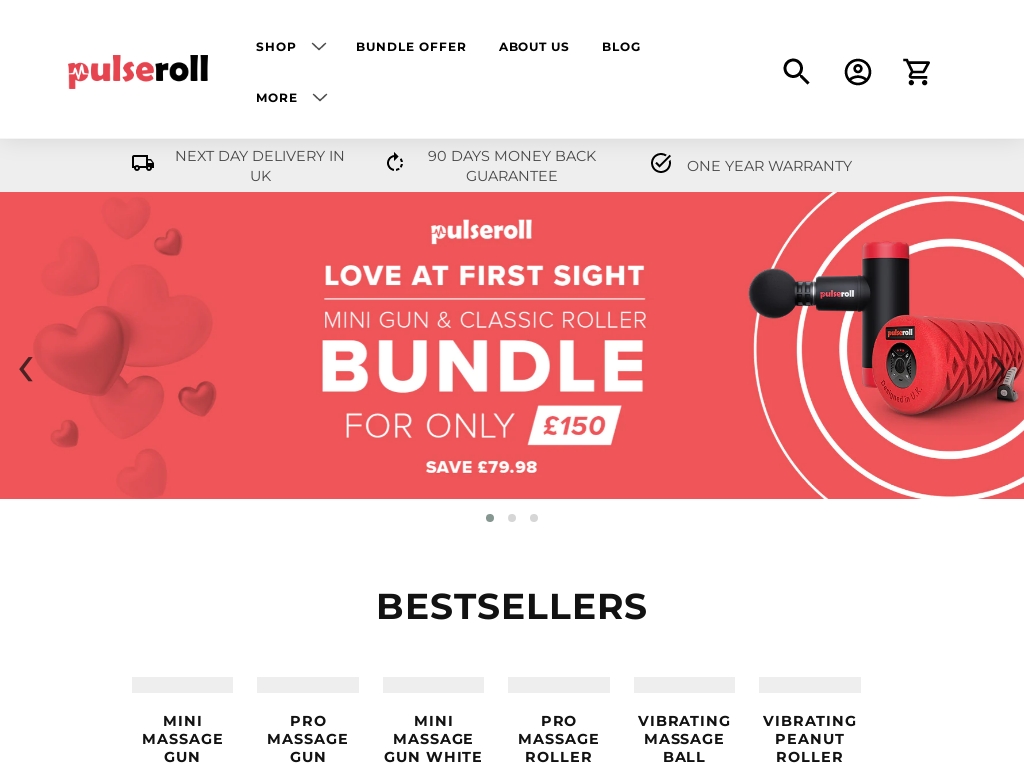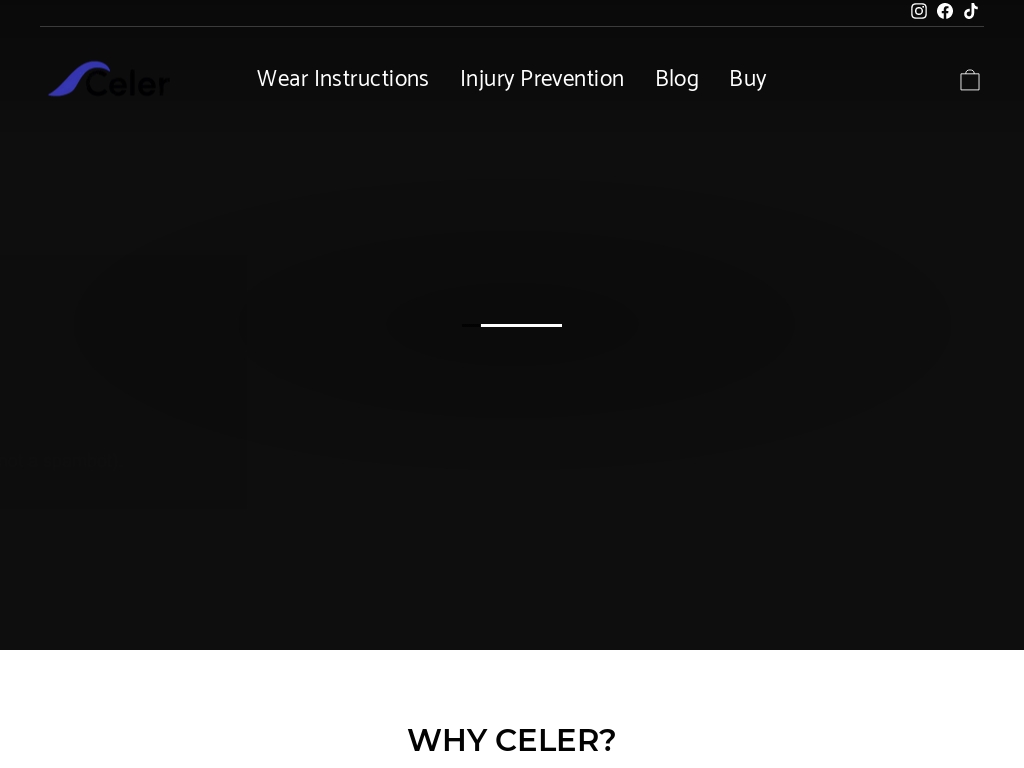
2 Fitness Device Business Success Stories [2024]
Imagine making a real impact on people's lives by creating innovative fitness devices. A fitness device business involves developing, manufacturing, and marketing wearable or portable gadgets designed to help users track their physical activity, heart rate, sleep patterns, and more.
In today’s health-conscious world, fitness devices are in high demand, offering a practical solution for individuals aiming to maintain a healthy lifestyle. From smartwatches to specialized fitness trackers, this business leverages technology to provide actionable insights and personalized guidance to users.
Starting this business requires a blend of technical expertise and a keen understanding of market trends. You'll need to collaborate with engineers, designers, and manufacturers to bring your product to life. Successful marketing and ongoing customer support are essential to build a loyal customer base.
Launching a fitness device business is more than just selling gadgets; it's about enhancing the way people live and move.
In this list, you'll find real-world fitness device business success stories and very profitable examples of starting a fitness device business that makes money.
1. Pulseroll ($2.88M/year)
Founder Paul McCabe came up with the idea for Pulseroll after attending an innovation event in China and seeing a prototype for a vibrating foam roller. Recognizing the benefits of percussion therapy and the market opportunity, he launched the UK's first-ever vibrating foam roller and has since grown Pulseroll into a multi-million pound business with products stocked in over 20 countries.
How much money it makes: $2.88M/year
How much did it cost to start: $10K
How many people on the team: 0

Pulseroll is a multi-million pound business that offers scientifically proven muscle recovery technology and has experienced year-on-year growth of 174%, making it a top competitor in the wellness tech industry.
2. Celer ($30K/year)
Sarah Anderson, the founder of Celer Ergonomics, came up with the idea for her athletic training brand after experiencing overuse injuries throughout her running career. With a background in engineering and kinesiology, as well as a passion for biomechanics, Sarah developed the RunCeler strap, a functional resistance band worn while running to promote improved running form and decrease the risk of injury. With four published patents and 20% month-over-month growth, Celer is focused on expanding its presence in the fitness community, particularly among runners.
How much money it makes: $30K/year
How much did it cost to start: $14.5K
How many people on the team: 1

Celer Ergonomics, a small 2-person start-up out of NYC, has developed the RunCeler strap, a functional resistance band worn over the sock and shoe while running to promote improved running form, reducing the risk of injury and improving performance, with 4 published patents and growing 20% month over month.

Download the report and join our email newsletter packed with business ideas and money-making opportunities, backed by real-life case studies.

Download the report and join our email newsletter packed with business ideas and money-making opportunities, backed by real-life case studies.

Download the report and join our email newsletter packed with business ideas and money-making opportunities, backed by real-life case studies.

Download the report and join our email newsletter packed with business ideas and money-making opportunities, backed by real-life case studies.

Download the report and join our email newsletter packed with business ideas and money-making opportunities, backed by real-life case studies.

Download the report and join our email newsletter packed with business ideas and money-making opportunities, backed by real-life case studies.

Download the report and join our email newsletter packed with business ideas and money-making opportunities, backed by real-life case studies.

Download the report and join our email newsletter packed with business ideas and money-making opportunities, backed by real-life case studies.



